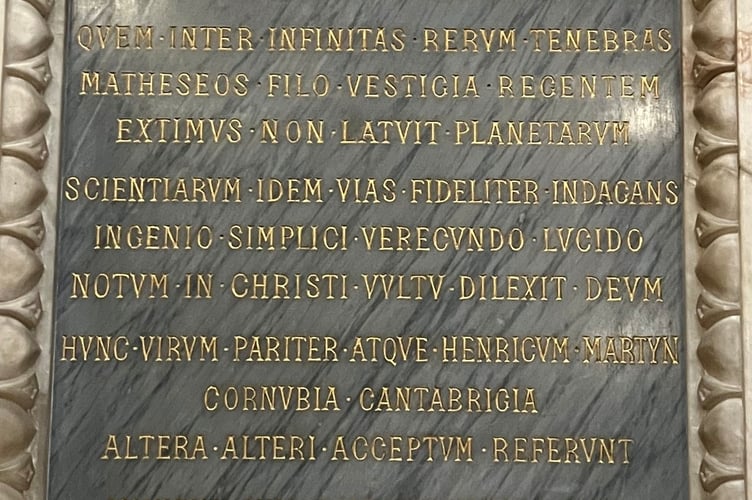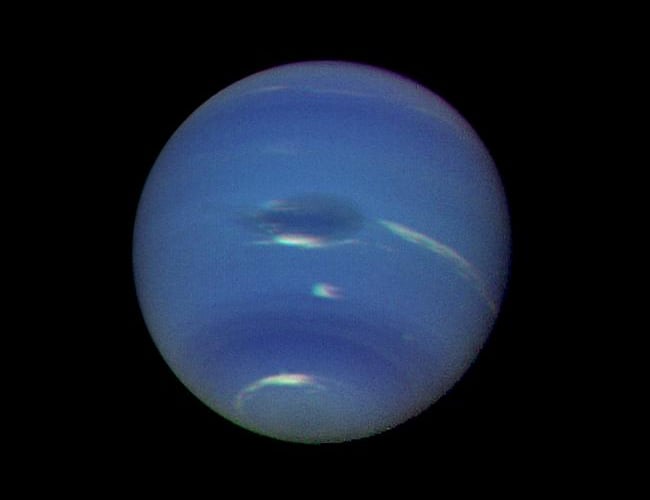YOU could be forgiven for thinking the planet Mars, on view at Truro Cathedral until November 2, is the only astronomical giant in town. But you’d be wrong, writes Judith Field.
Two great astronomers, Sir Isaac Newton and John Couch Adams, are memorialised in the building.
In 1999, an eve-of-millenium poll of physicists voted Sir Isaac Newton their “greatest ever”, pipping Albert Einstein to the top spot. This was despite the fact Newton had by then been dead for 272 years, and that Einstein’s work had contradicted some of his theories.
So what made Newton such an astronomically great scientist?
Sir Isaac Newton (1643-1727) invented the world’s first reflecting telescope, and demonstrated that white light consisted of all the colours of the spectrum. A devout Christian, he believed God ordered the universe, and that “truth is ever to be found in simplicity”. He therefore sought to describe the natural world in the simplest way possible, and in doing so, discovered the laws of gravity and motion.
His theories were revolutionary because they meant maths could be used to calculate what would happen in the real world. Newtonian mathematics is still what NASA and other space agencies use to predict the trajectory of comets, and plan satellite launches.
Newton’s law of gravity also enabled the discovery of the planet Neptune, the eighth and outermost of our solar system, by Cornwall’s very own astronomer.

John Couch Adams (1819–1892) was the eldest of seven children born into a Wesleyan family of poor tenant farmers at Laneast, near Launceston. Sent to live with relatives who could give him a high school education, he taught himself mathematics in Devonport library and won a place at Cambridge University.
While still an undergraduate, Adams became excited by the idea that wobbles observed in the orbit of Uranus around the sun must mean, according to Newton’s law of gravity, that it was being pulled by another, unknown, planet nearby. Working independently, he and French scientist Urbain Le Verrier found what we now call Neptune.

As the cathedral memorial to “our own West Countryman”, describes in Latin:
“Tracing his way by the sure clue of mathematics,
Through the boundless night of space,
He found the uttermost of planets.”
Adams’ brilliance was rewarded by becoming the director of the Cambridge University Observatory, and he later went on to be part of the British delegation that in 1884 secured international recognition of Greenwich as the Prime Meridian for the world – the point from which longitude and time are fixed. Greenwich Mean Time puts the UK, quite literally, at the centre of the Earth!
Both Adams and Newton were modest men, but naturally won numerous accolades. One of the most unusual is that both have craters named after them: Adams on the moon and Newton on Mars.
Truro Cathedral is open daily to Mars-watchers for the next three weeks. Donations of £5/adult are requested, to help look after the cathedral. Find out more www.trurocathedral.org.uk and www.cornishstainedglass.org.uk.




.jpg?width=209&height=140&crop=209:145,smart&quality=75)
Comments
This article has no comments yet. Be the first to leave a comment.